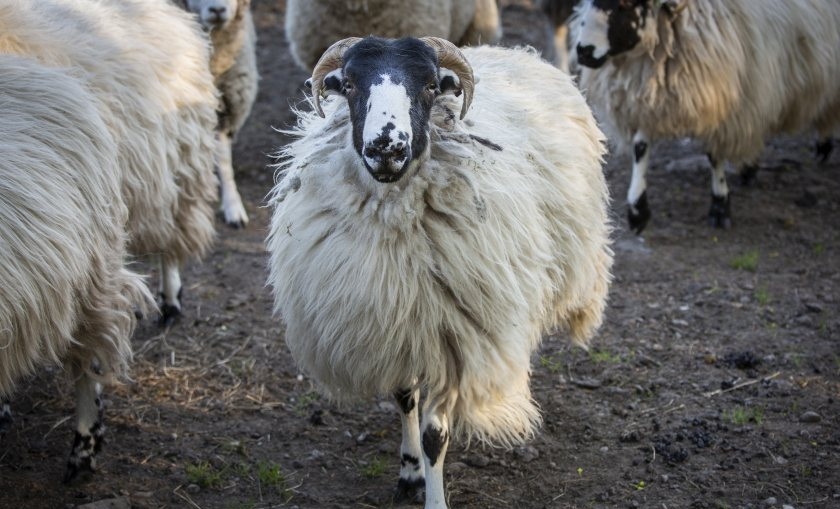
Sheep farmers in England, Scotland, and Wales can now collaborate with their vets to test their flocks for exposure to enzootic abortion (EAE).
The testing phase of MSD Animal Health UK's FlockCheck diagnostic programme has opened for this year, running until the end of June.
The toxoplasmosis testing phase began in February, with the subsidised scheme supporting farmers in identifying potential causes of early lamb losses.
Ewe reproductive failure, neonatal lamb disease, and lamb mortality remain the top three challenges affecting flock productivity.
Toxoplasmosis and enzootic abortion are consistently cited by farmers and vets as leading contributors to these issues.
As a result, farmers with more than 2% of ewes aborting or barren this lambing season are encouraged to speak with their vet and take advantage of the FlockCheck service.
MSD Animal Health veterinary adviser, Dr Kat Baxter-Smith said that results of its survey were "particularly concerning".
"From our own 2024 flock health survey of 966 sheep units, we know that more than 30% of GB sheep flocks don’t know their barren ewe rate or are reporting a figure greater than 5% after lambing."
Farmers can access the FlockCheck diagnostic scheme by asking their vet to collect blood samples from six to eight ewes that have aborted, are unvaccinated, barren, or have produced weak lambs.
Past experience shows that the results from these tests support more informed decision-making between vets and farmers regarding suitable flock health strategies.
Each year, FlockCheck test results consistently reveal that a high proportion of aborted ewes have been exposed to either toxoplasmosis, enzootic abortion (EAE), or both.
In 2024, results showed that 80% of 382 tested flocks had exposure to toxoplasmosis, 26% to EAE, and 19.4% (74 flocks) to both pathogens.
These figures align with APHA data from 2002 to 2019, which confirmed toxoplasmosis and EAE as the two most common causes of sheep abortion in the UK.
Farmers interested in using this subsidised diagnostic support can contact their local veterinary practice.
